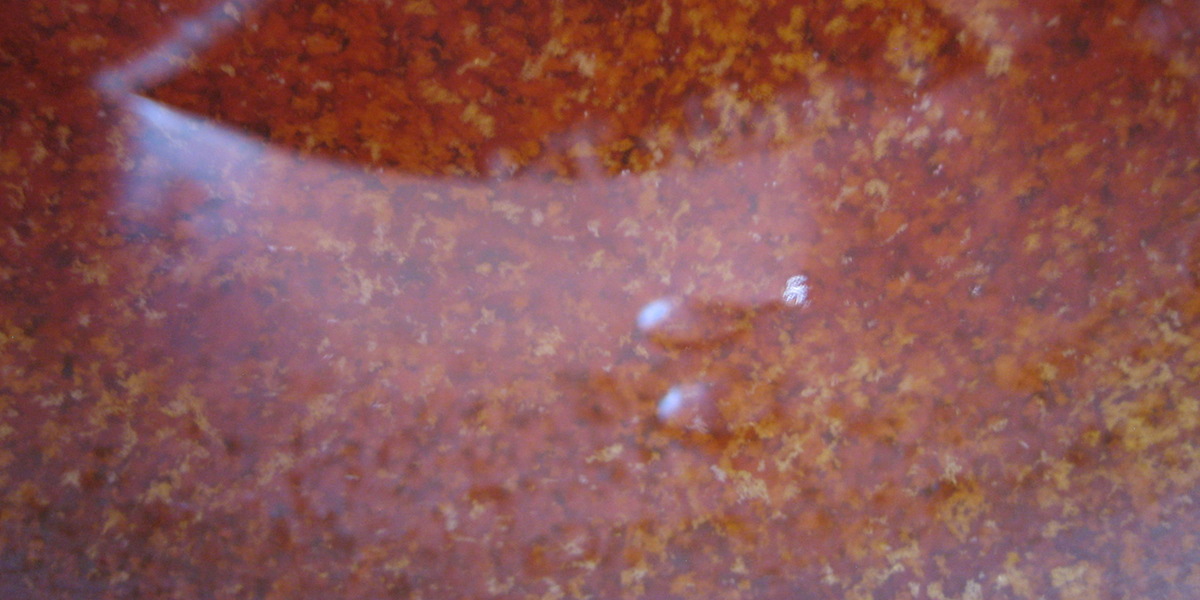In a recent series of online articles, we offered our homebrewer readers some tips for brewing clearer beer. One of the techniques we discussed was the use of kettle finings such as Irish moss and Whirlfloc to promote a strong cold break. But what exactly is cold break? And is it beneficial, bad, benign, or just beside the point?
Cold break is the catch-all name for all of the crud that precipitates out of solution when you rapidly cool wort after the boil. A good cold break looks like miso soup or egg drop soup, with lots of little flecks floating around within otherwise clear wort. Those little flecks consist of malt proteins, hops matter, and malt tannins (polyphenols).

The composition of the cold break depends, naturally, on the composition of the raw ingredients used to prepare the wort (well-modified malts and undermodified malts make for different cold breaks), but it also depends on your chosen mash schedule. If you’ve ever conducted a decoction mash, then you’ve no doubt been shocked at the amount of silt-like grit that remains in the grain bed after lautering. This gunk goes right into your wort in a single-temperature infusion mash, but the boil that takes place during decoction helps remove some of this stuff _a priori. _
The granularity of the crushed malt also has an effect. Wort tannins primarily come from malt husks, and the finer the crush, the more easily those tannins are extracted during mashing and lautering.
Kettle finings such as Irish moss and Whirlfloc encourage a healthy cold break because they carry a negative charge. Cold break constituents, on the other hand, tend to be somewhat positively charged, so they readily attach themselves to the kettle finings and clump together. Once the little clumps reach a certain critical mass, they fall out of solution.
What to do with the cold break remains the subject of some debate. Some brewers just dump it all into the fermentor, while others carefully rack clear wort off the cold break on its way out of the kettle. Some cold break material is good for yeast health because it contains essential fatty acids, but the optimal amount seems as unclear as hazy wort. Practically speaking, no siphon or ball valve is perfect, so even if you aim to leave all of the cold break behind in the kettle, you’ll almost certainly end up transferring some to the fermentor, much as racking finished beer always picks up some yeast cells.
Whether you choose to throw everything into the carboy or meticulously separate out the cold break in the kettle, what matters most is achieving the cold break in the first place. By promoting protein precipitation in the critical minutes following the boil, you’ll help ensure clearer beer down the road.








